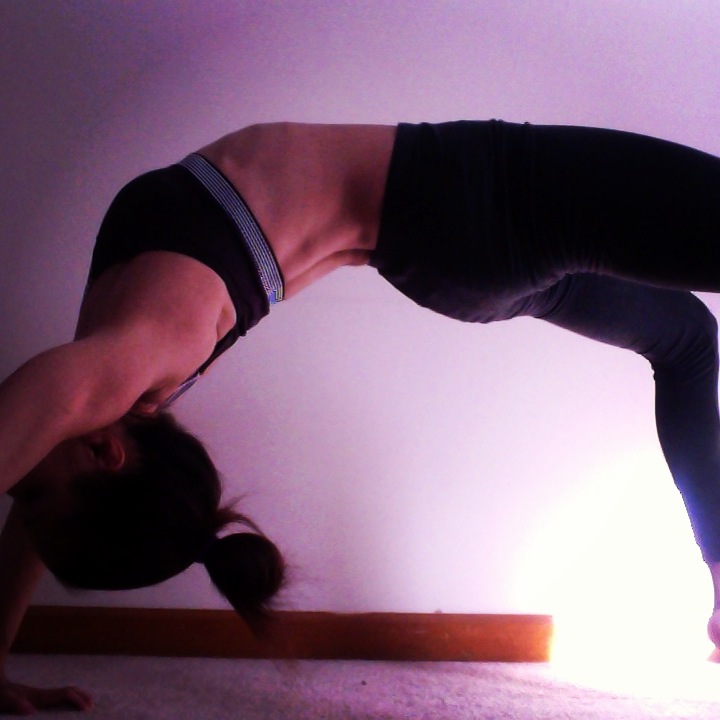A new study suggests more evidence that yoga is good for your heart. Researchers from the University of Kansas Medical Center, aware of the significant benefit of yoga on cardiovascular health, studied the affect of the practice on atrial fibrillation (AF). They found that yoga reduced symptomatic AF episodes.
According to the study report, AF is the most common cardiac arrhythmia. An arrythmia is a problem with the rate or rhythm of the heartbeat – it can be too fast, too slow or irregular. In atrial fibrillation, the heart’s internal electrical signals travel through the atria in a fast and chaotic way, causing the atria to quiver instead of contract. Even when asymptomatic, AF can increase the risk of stroke and can lead to heart failure in some people.
AF is associated with significant morbidity, mortality and healthcare costs. Quality of life is greatly affected, and depression and anxiety is often experienced. The effectiveness of current treatment strategies for AF is inconsistent and leaves much to be desired. Complementary or alternative forms of therapy, like yoga, that reduce or help to control the crippling symptoms of AF can make a huge difference.
After an initial observation period, patients with symptomatic paroxysmal AF in this recent study practiced yoga for 60 minutes twice a week for three months. Yoga practice reduced AF episodes, both with and without symptoms. Patients also showed reduced heart rates and blood pressure, as well as reported anxiety and depression.
Yoga, and other mind-body therapies, have been also shown to reduce hypertension, or high blood pressure. It is the most common risk factor for stroke, heart attack and kidney disease and is difficult to control adequately.
In 2007, Yale researchers reviewed 12 randomized, controlled trials comparing the mind-body therapies (MBT) of yoga, meditation and guided imagery alone or in combination with conventional treatment, as well as comparing conventional treatment alone to no intervention. They found that MBT significantly reduced systolic blood pressure and diastolic blood pressure. Yoga and meditation significantly reduced SBP, while only yoga demonstrated significant reductions in DBP.
Of the three therapies reviewed, yoga reduced systolic and diastolic blood pressure the most and, according to Medical News Today , was associated with reductions in vascular death rates as well as decreased overall cardiac risk.
“This review shows that there is some high quality scientific literature supporting the use of mind-body therapies as a treatment for hypertension, and the magnitude of effect is clinically significant,” said Ather Ali, ND, MPH, the lead author.
The yoga posture pictured above is called the upward bow, Urdhva Dhanurasana, or backbend. Stretching and releasing the muscles of the chest allows circulation to flow freely to the heart and lungs. By opening up the chest, complete expansion of the lungs results, encouraging proper breathing. Backbends aren’t only great for your health and lungs, they also stimulate the immune, lymphatic, digestive, nervous and reproductive system. Read more about the benefits of just this one posture here.

Leave a Reply